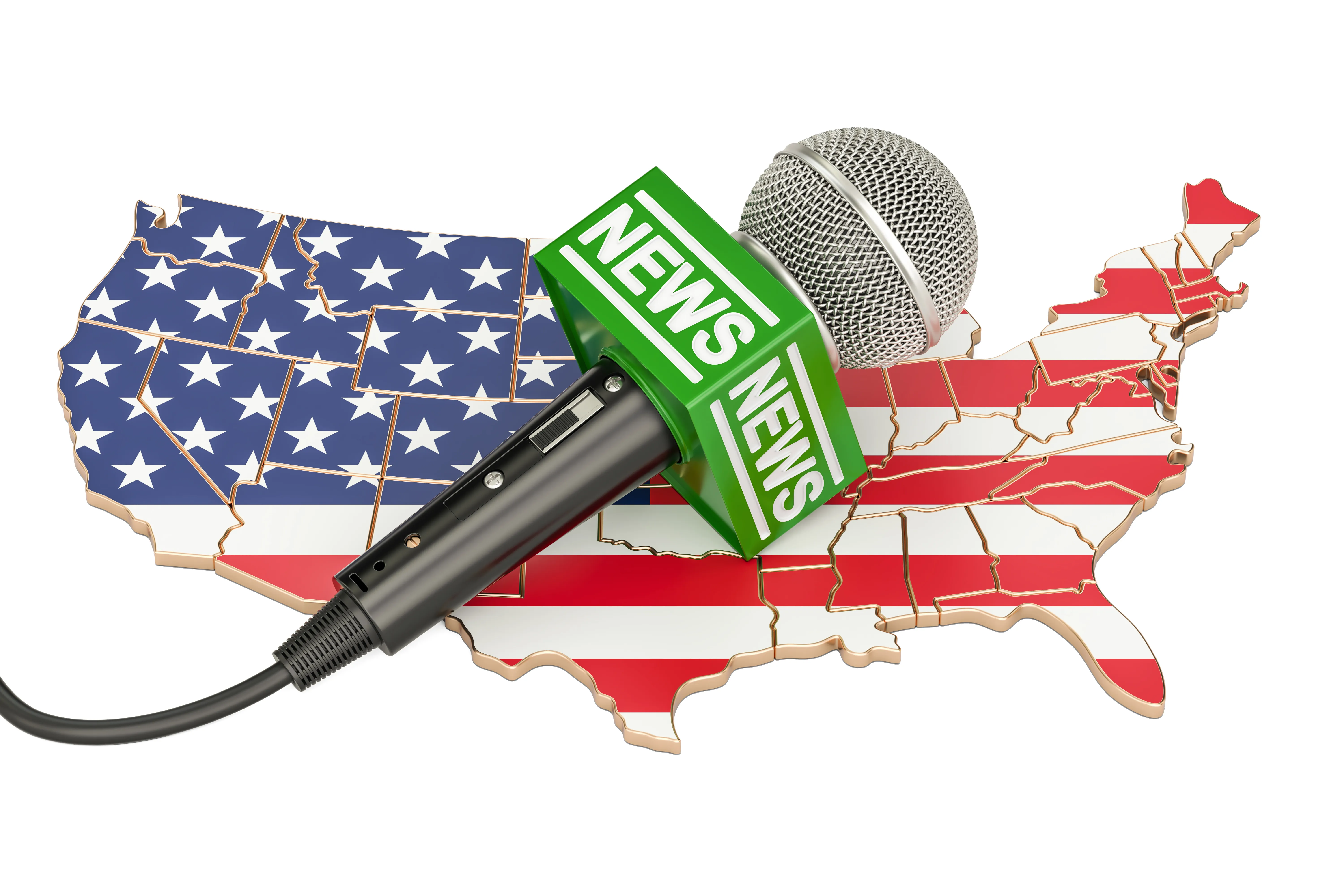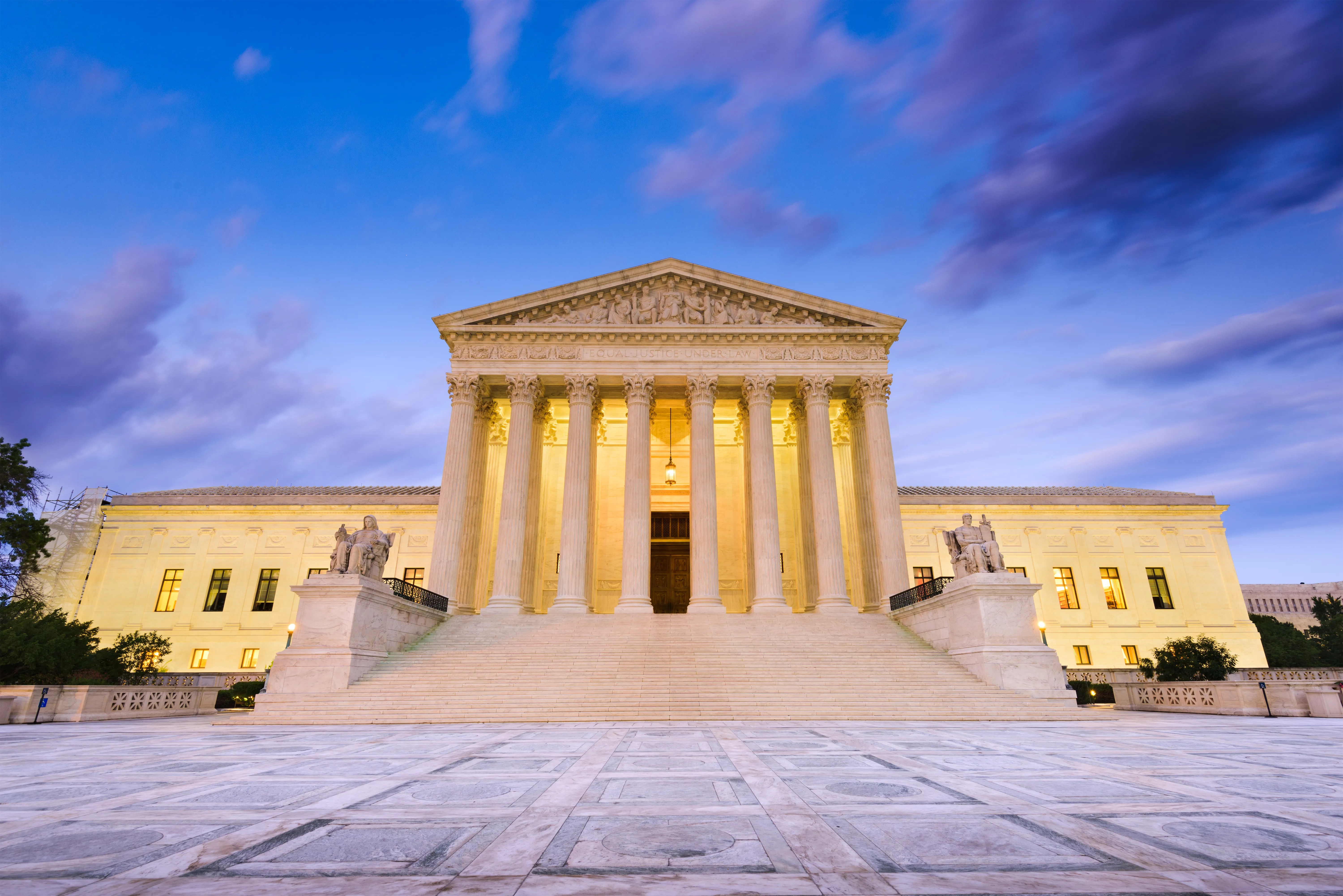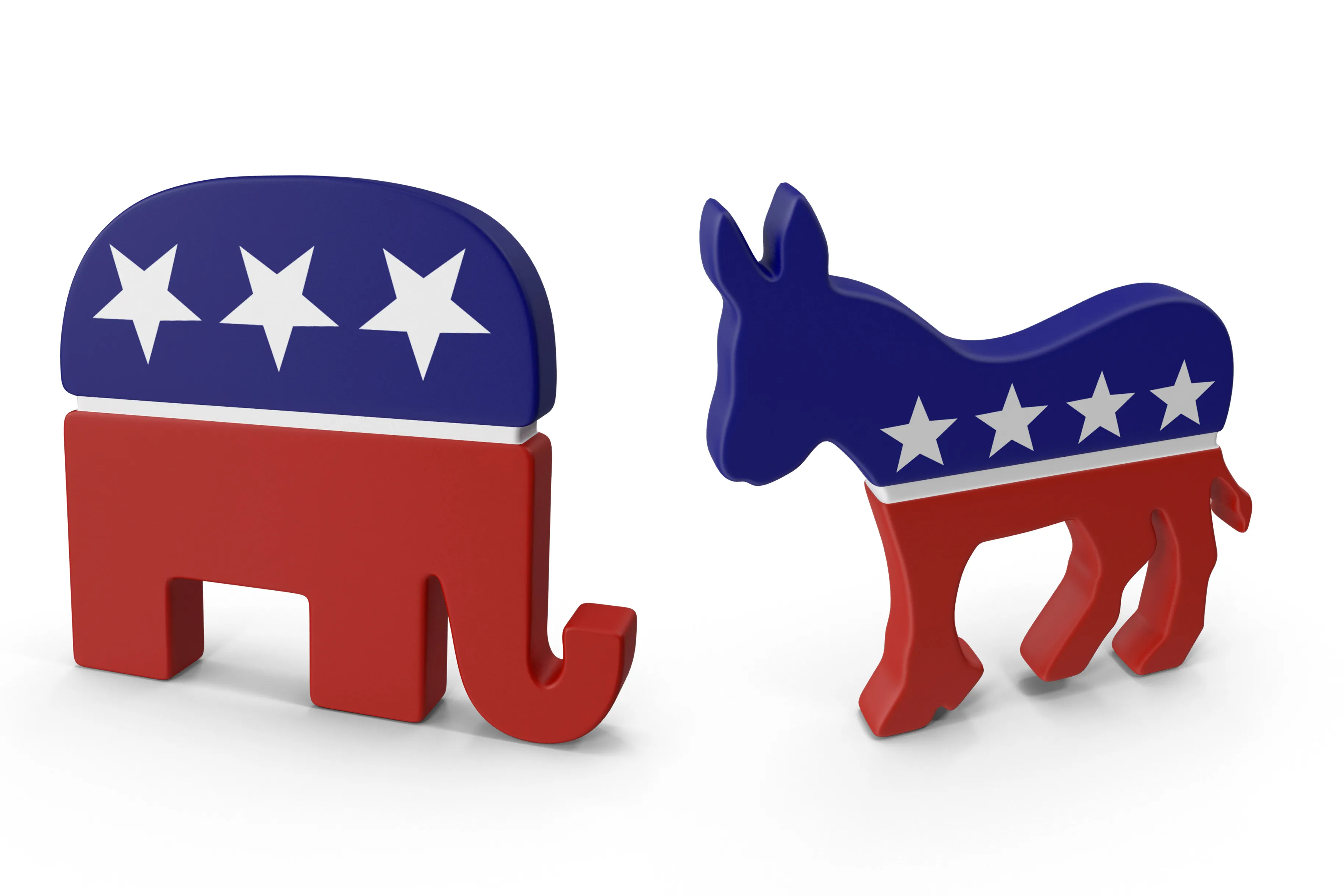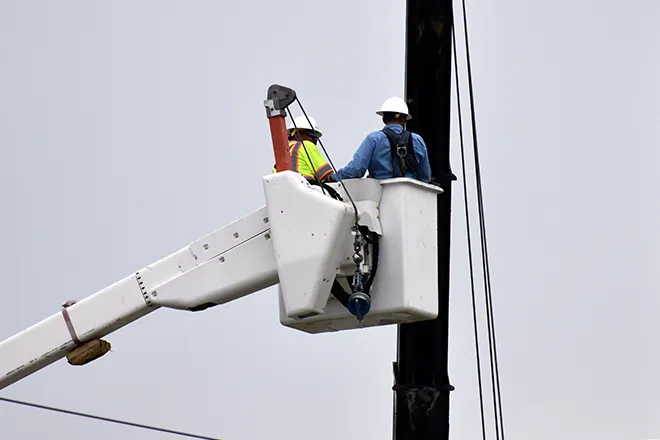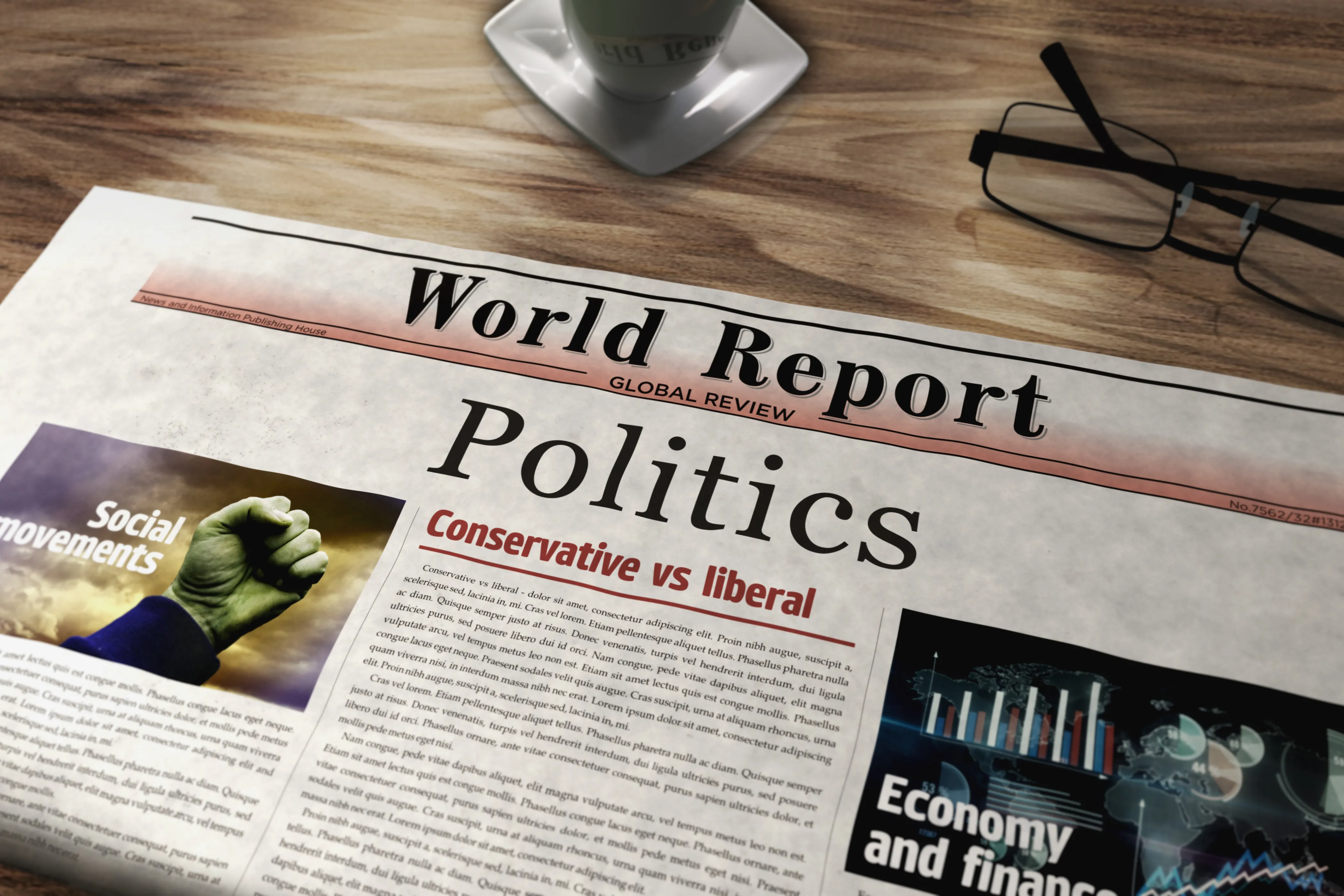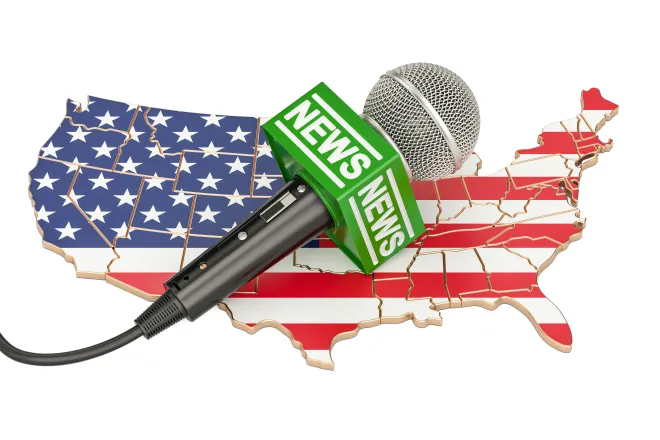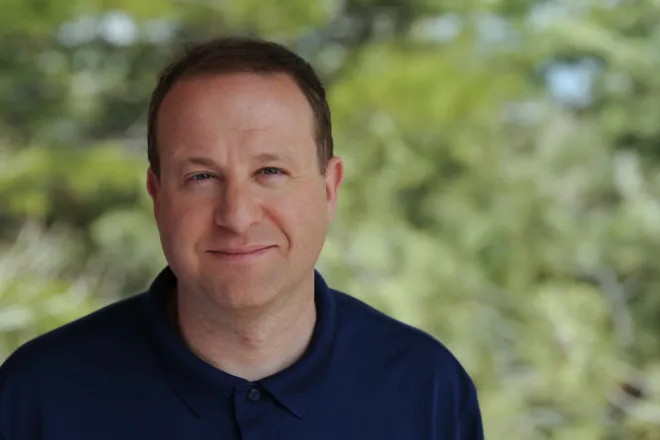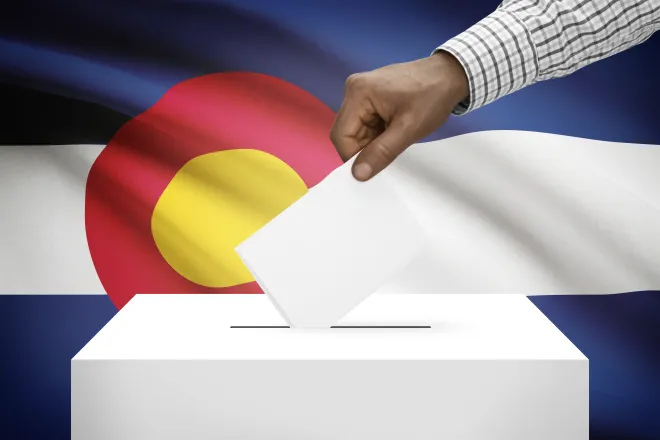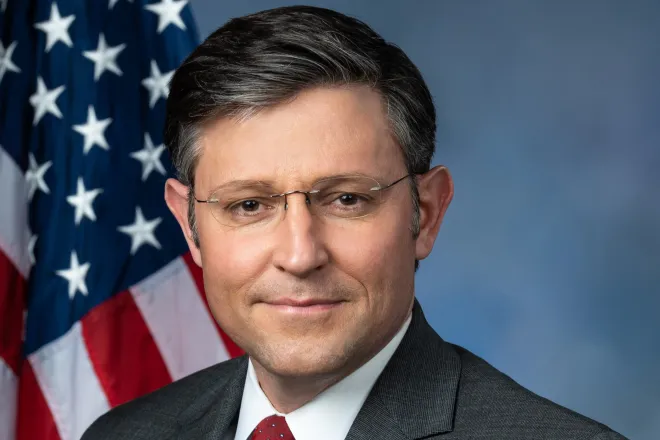
Proposed EPA water rule could affect Nevada's water quality
© mheim3011 - iStock-544332118
Click play to listen to this article.
Both water quantity and quality are important in the dry climate of Nevada. Now, a proposal from the Environmental Protection Agency could roll back protections for the state's water resources.
EPA administrator Lee Zeldin said he wants to reduce protections granted under the Clean Water Act in an effort to undo "unfair burdens" on farmers and landowners. The 1972 federal law aims to maintain and restore the nation's waters.
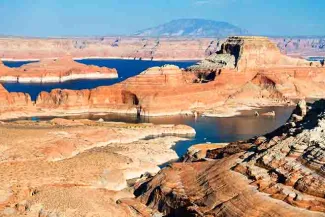
© iStock - ventdusud
Natasha Majewski, climate and energy consultant for the Nevada Wildlife Federation, said the waters covered by the act have changed over the years, but it is all an interconnected system.
"Lincoln County doesn't have the same amount of resources as Clark County, and yet water is still flowing from that county into tributaries such as the Muddy River," Majewski pointed out. "That goes into the Colorado River. That will end up being drinking water."
In 2023, the Supreme Court narrowed the definition of "waters of the United States." It determined only wetlands physically connected to other federally-recognized waters qualify for protection.
Majewski noted while Nevada has its own water laws, federal regulation is needed to maintain a baseline for all states. This week, listening sessions about the proposal will be held for government agencies and Native American tribes.
The Trump administration has said it wants to reduce "red tape" for business and industry but conservationists fear loosening restrictions will cause more pollution in Nevada's wetlands and ephemeral streams. Majewski argued water should not be a partisan issue.
"It is important that all Nevadans, whatever kind of political side they are on, are able to understand these issues more," Majewski stressed. "Because water, it surpasses the administration that it's currently in."
Majewski added changing water protections could affect the quality of the Colorado River and would cause complications due to the amount of agencies managing the river.
"The Colorado River and its different tributaries that come in, it is such a patchwork of people that manage those water sources," Majewski explained.



